- Home
- slideshows
- miscellaneous
- More than 100 'uncontacted' tribes exist in total isolation from global society
More than 100 'uncontacted' tribes exist in total isolation from global society
What does it mean to be uncontacted?

The name's a bit misleading — these are groups of people that have avoided, or even rejected, contact with the outside world.
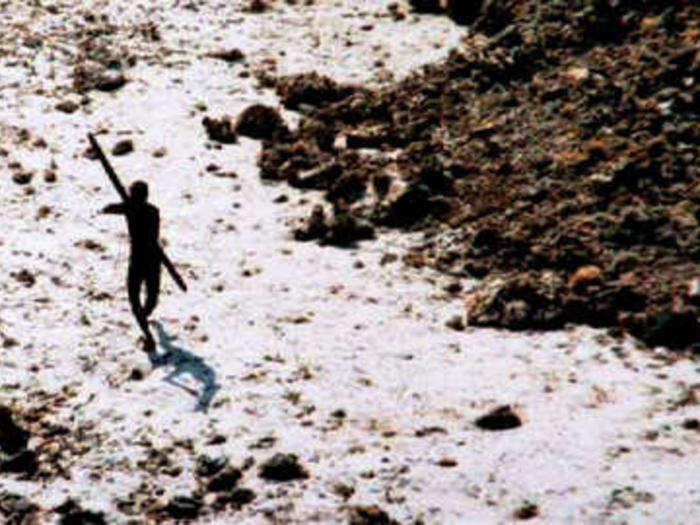
Source: Survival International
It's possible they've made contact with outsiders at some point, but violence from settlers may have pushed them to return to isolation. Others may have never had an interest in the first place, championing their independence.
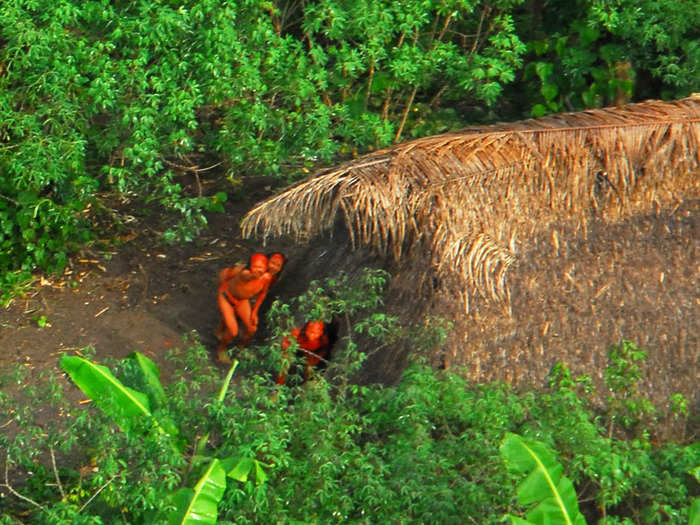
These tribes can avoid the outside world largely because of their geographic isolation in some of the most remote corners of the planet, like the Amazon rainforest or Indonesian islands.
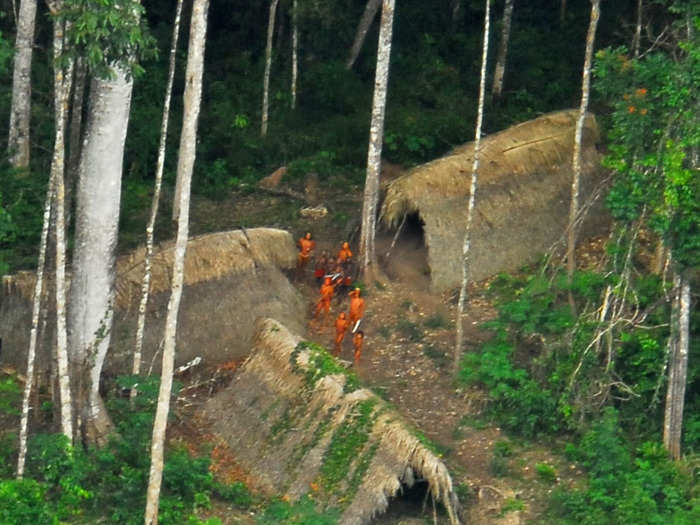
Some live in the dense jungle highlands of New Guinea in Southeast Asia.
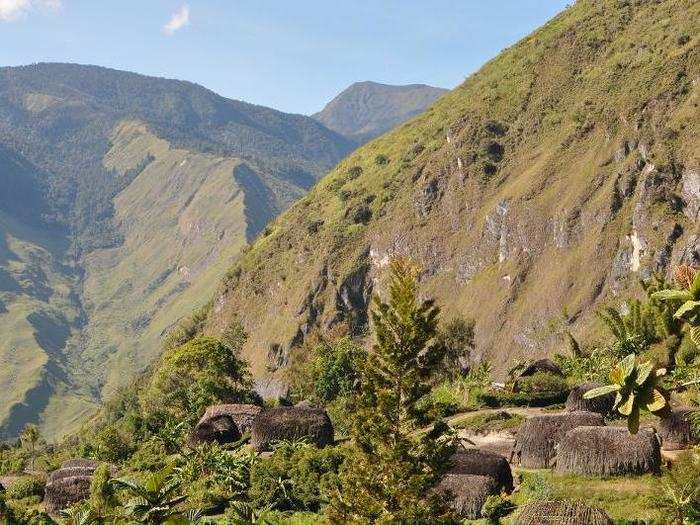
The West Papua region in Indonesia is estimated to host more than 40 uncontacted groups. Verifying that number is difficult, however, because of the mountainous terrain and because journalists and human-rights organizations are banned from the region by the Indonesian government.
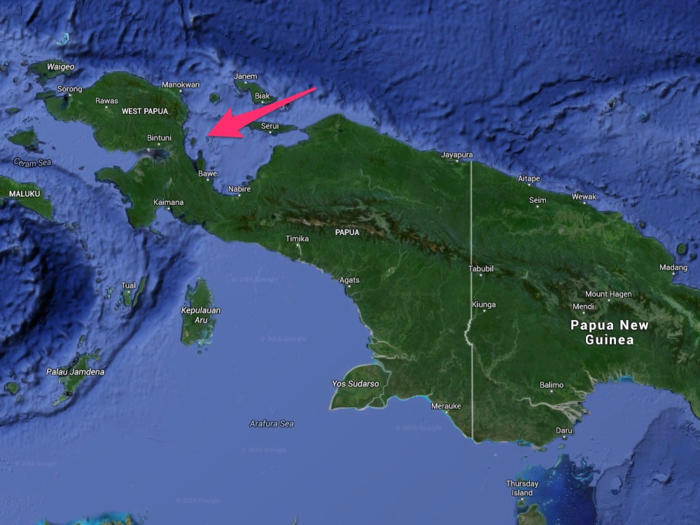
Source: Survival International
Others live in the Andaman Islands archipelago, between India and the Malay Peninsula.
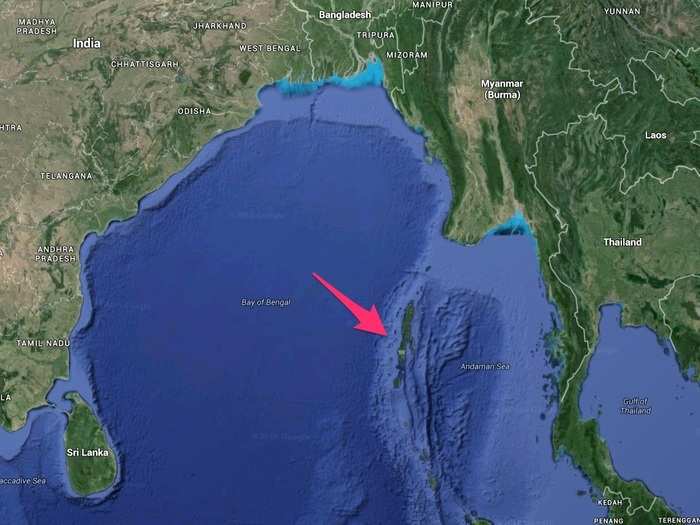
Until recently, the Jarawa of the Andaman Islands avoided contact with outsiders, although the Great Andaman Trunk Road has brought both tourists and poachers, leading to disease outbreaks and exploitation of the tribe.
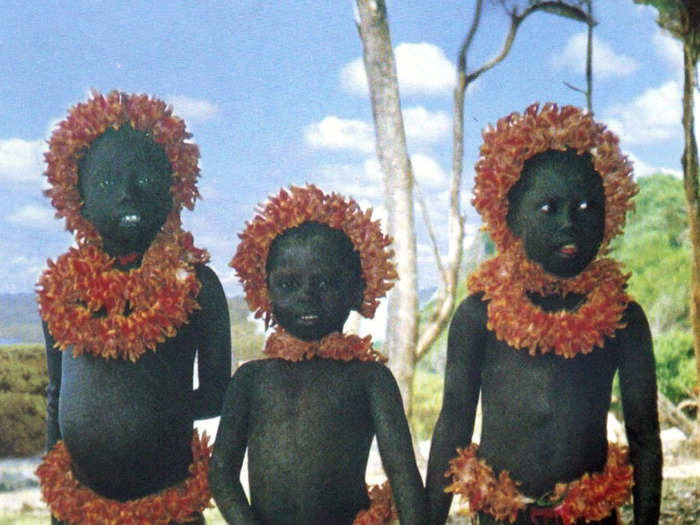
And just off the coast of the Andaman Islands is North Sentinel Island, home to the Sentinelese: A group that attacks just about anyone who comes ashore.
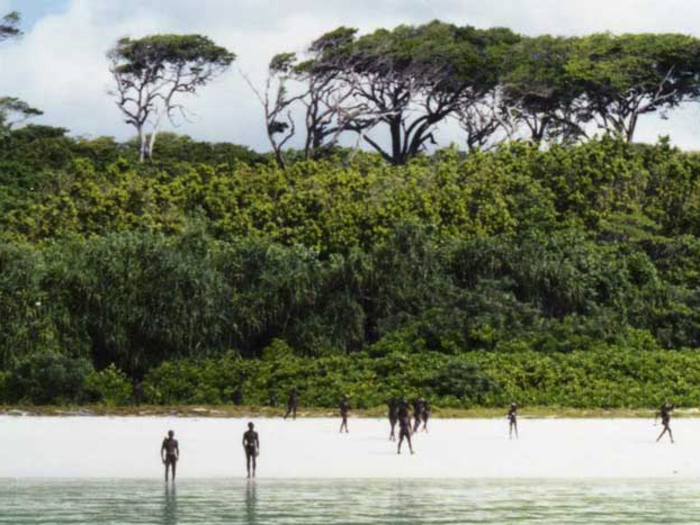
Source: Tech Insider
But most of the known uncontacted tribes live in South America, deep in the Amazon rainforest.
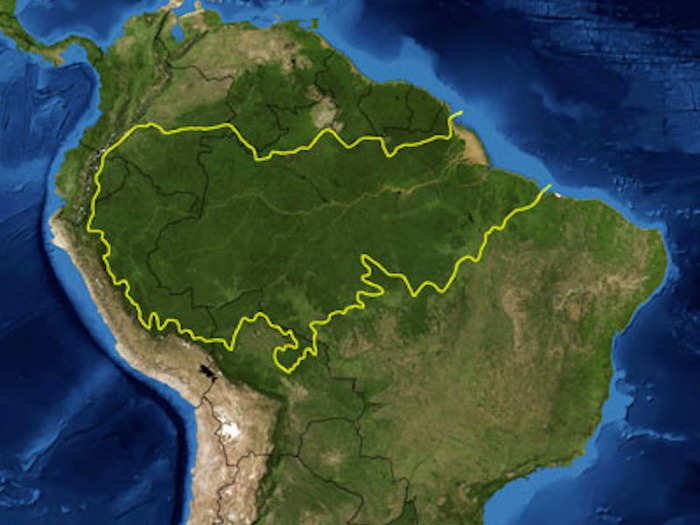
Brazil claims to have most of the world's uncontacted people, estimating as many as 77 tribes — though National Geographic estimates as many as 84. Many of them live in the western states of Mato Grosso, Rondonia, and Acre.
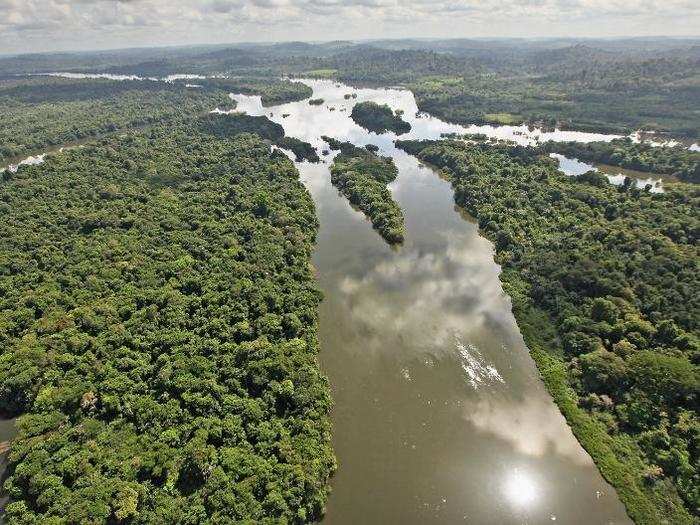
Sources: National Geographic, New Scientist
Illegal logging in the Amazon poses a huge risk for the indigenous people living in the region, and some uncontacted tribes have even come out of their isolation in protest of encroaching devastation.
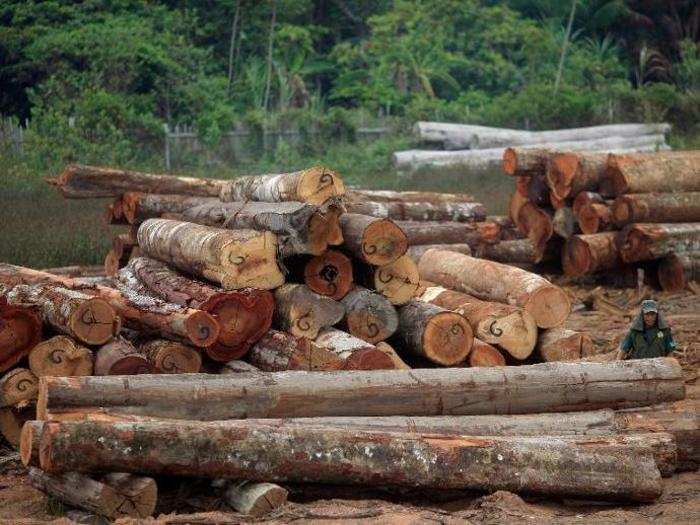
The Brazilian government used to conduct "first contact" expeditions to find these tribes, believing that this was the best way to protect them. But they've since discontinued these expeditions in favor of the occasional status flyover.
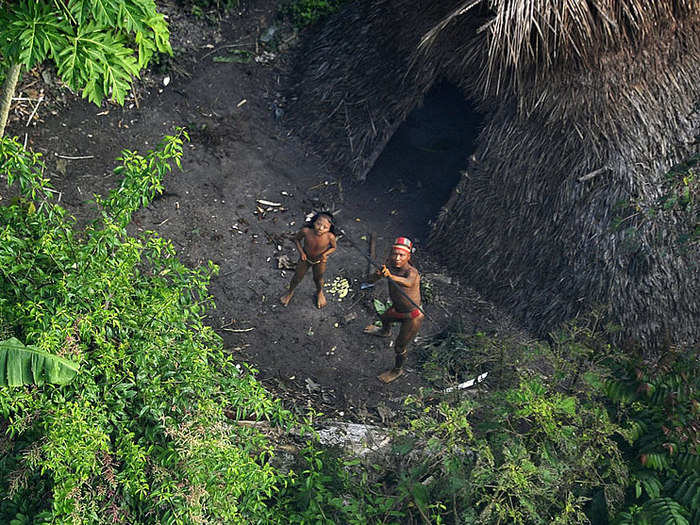
FUNAI seeks to protect these uncontacted tribes, as well as other indigenous people of the Amazon River Basin, with infrequent flyovers, checking to see if they've moved locations or if loggers are illegally encroaching on their lands.
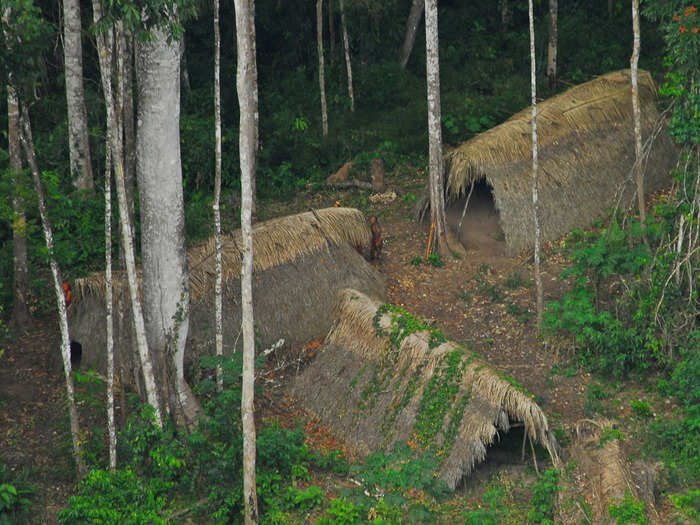
Source: FUNAI
In Amazonian countries with fewer resources to police the region, like Peru — home to some 15 identified uncontacted tribes — conservationists struggle to protect the region and its isolated inhabitants from loggers and prospectors.
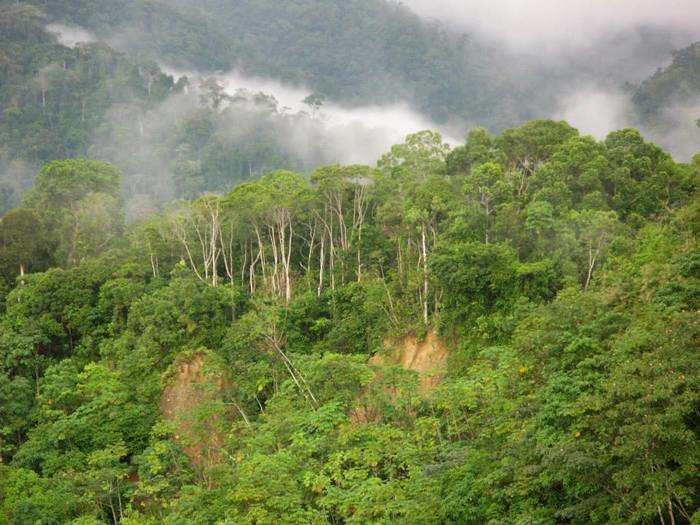
Source: National Geographic
Unfortunately, their isolation means they're susceptible to diseases from the outside world.
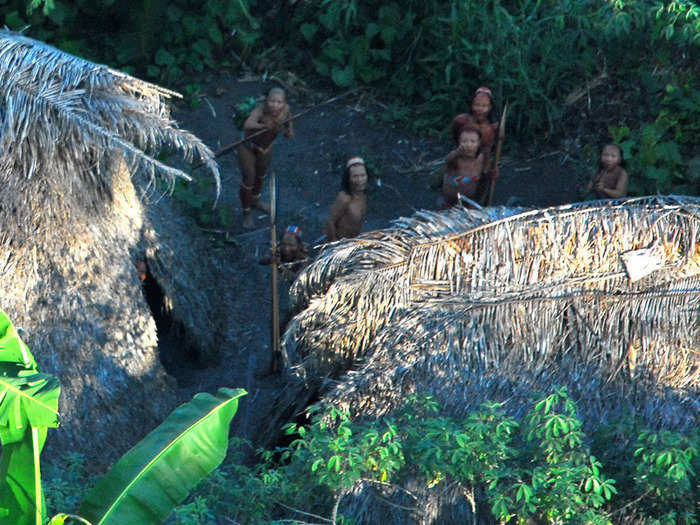
It's part of the reason why anthropologists and indigenous-rights advocates support their continued isolation.
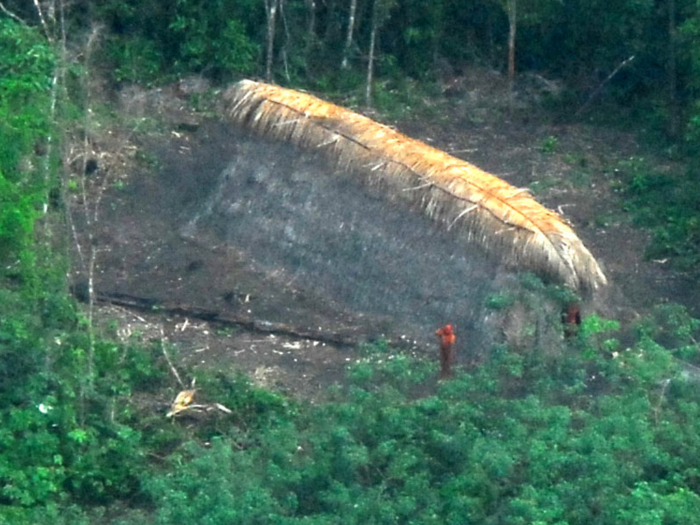
These tribes are part of our shared humanity, and their unique cultures are worth preserving and protecting, too.
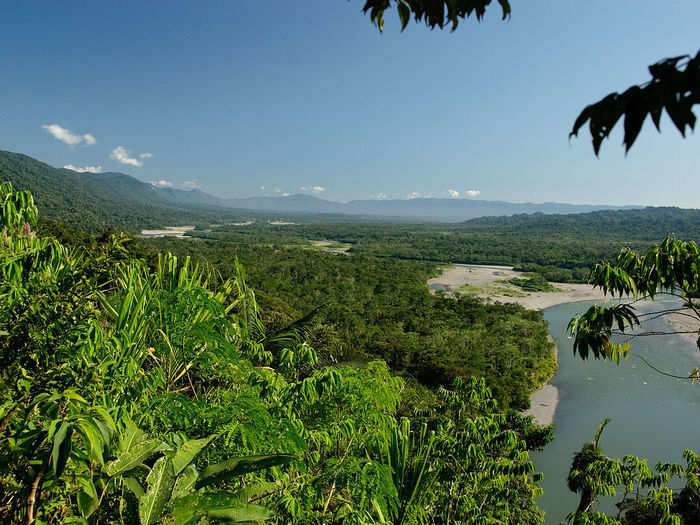
Popular Right Now
Popular Keywords
Advertisement